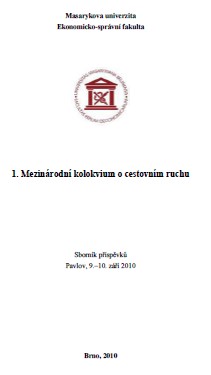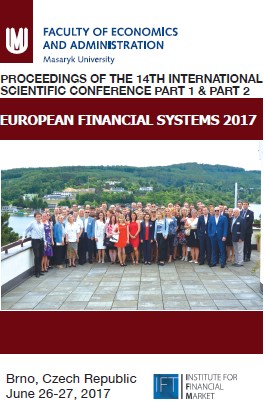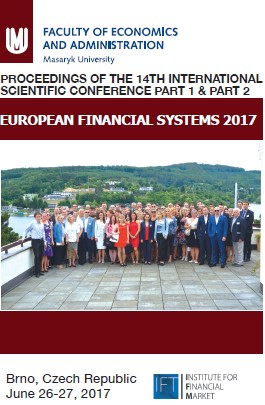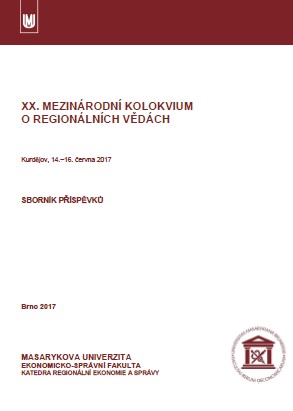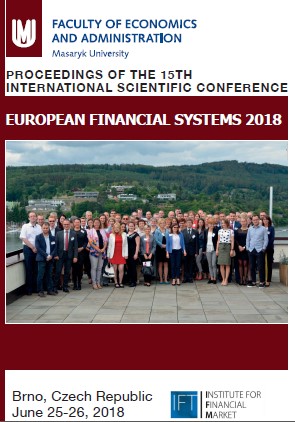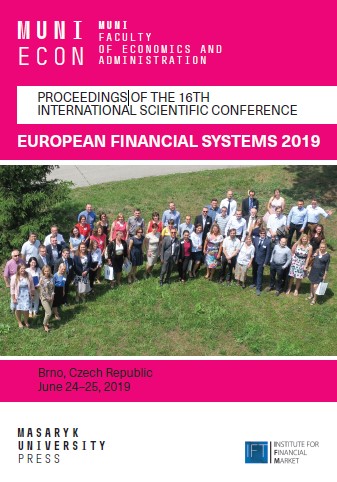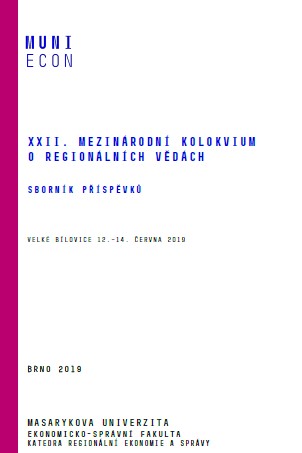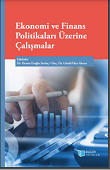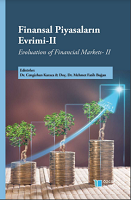
Struktura zdrojů neziskových organizací a její determinanty
Dostupné české oficiální zdroje jsou jen částečně schopny zachytit změny ve struktuře příjmů neziskových organizací. I proto se naše analýza, opírající se o data z rozsáhlého empirického šetření, zaměřuje na popis struktury zdrojů neziskových organizací a jejích změn ve sledovaném období. Jejím cílem je zjistit, zda došlo mezi roky 2008 a 2013 k posílení či naopak k poklesu významu jednotlivých typů zdrojů organizací. Zajímá nás především, zda, resp. jak se mění relativní význam veřejných zdrojů v celkové finanční struktuře neziskových organizací v ČR. Liší se podíl veřejných zdrojů a změny v něm mezi lety 2008 a 2013 z hlediska odvětví působení organizací?
More...
